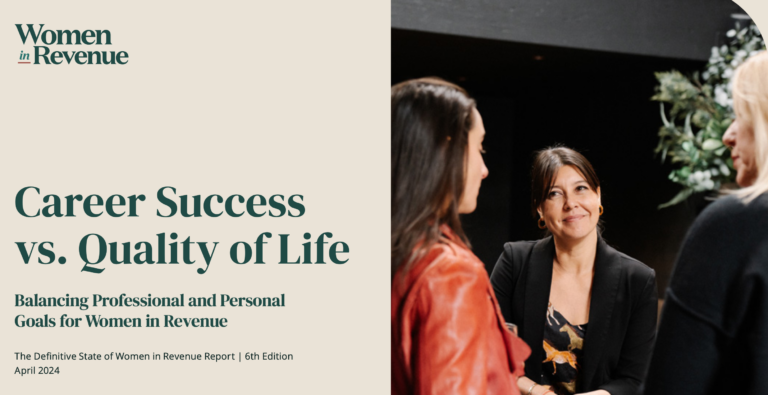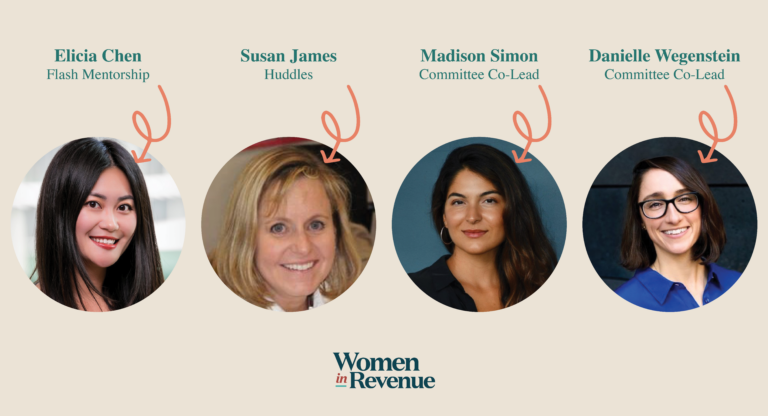The United States loves to wax poetic about our freedoms. It’s allegedly what the USA stands for. We even have holidays to commemorate underrepresented groups gaining equal access to some of these freedoms — such as Women’s Equality Day, celebrated on August 26. Suggested in 1971 by Rep. Bella Abzug (D-NY) and created in 1973, it recognizes the date the 19th Amendment was ratified in 1920.
Before we raise a glass to cheer for the freedom to vote and other gains made by women in the 20th and 21st centuries, let’s embark on a brief history lesson.
A Brief History of the 19th Amendment
While commemorating women’s suffrage via Women’s Equality Day sounds noble in theory, in practice it extols a right that was conferred upon white American women at that time, instead of upon every female citizen.
The fight for women’s rights began in the 1820s, but didn’t gain traction until almost 50 years later. In 1848, human rights activists Elizabeth Cady Stanton and Lucretia Mott visited London to attend the World Anti-Slavery Convention, but were denied entry as women weren’t allowed to participate. Outraged, they returned to New York and organized a meeting to discuss women’s rights. Three hundred women attended the two-day event, which came to be known as the Seneca Falls Convention.
At this event, they drafted the Declaration of Sentiments, modeled after the Declaration of Independence. Grievances included the denial of voting rights, property rights, and wages; taxation without representation for women who did own property; and husbands having the right to deprive wives of liberty and keep children after divorce.
The suffrage fight was disrupted during the Civil War. After, the Reconstruction led to other rights being enshrined, including the 13th amendment to abolish slavery, the 14th amendment granting citizenship to all persons born or naturalized in the U.S. (thus extending it to formerly enslaved people), and the 15th amendment granting Black men the right to vote. This fueled the demands for the same rights to be extended to women.
In 1869, Stanton and Susan B. Anthony founded the National Woman Suffrage Association. Speaking at her trial for illegally voting in 1872, Anthony decried:
“It is a downright mockery to talk to women of their enjoyment of the blessings of liberty while they are denied the use of the only means of securing them by this democratic-republican government — the ballot.”
Forty-one years of civil disobedience, rallies, protests and activism followed until women were finally granted the right to vote in 1920.
Yet, the Right to Vote Was Mostly Granted to White Women
Due to many other discriminatory laws, the 14th, 15th, and 19th amendments didn’t end voting disenfranchisement
- The 14th amendment right of citizenship wasn’t extended to Native Americans until the Indian Citizenship Act, signed into law in 1924.
- Poll taxes, established by states to prevent Black citizens from voting, weren’t outlawed federally until 1964 via the 24th amendment. It took two more years to outlaw state and local election poll taxes, via the Supreme Court decision Harper vs. Virginia Board of Elections.
- Many states required voters to pass a literacy test that required people to interpret sections of the Constitution and were administered at the discretion of the officials in charge of voter registration.
- Grandfather clauses allowed white citizens to vote if their predecessors had been able to vote prior to the Civil War. This enabled them to bypass laws that disenfranchised Black voters.
Voting Disenfranchisement Continues Today
According to the Voting Rights Lab, in 2022 six states have introduced voting legislation that may restrict voting access. More common are election administration interference laws. In 2021, 18 states enacted 26 election interference bills. In 2022, 20 states have enacted 26 such bills and more than 100 bills remain active. These laws can threaten voting access, inject partisanship into the election process, and intimidate voting administrators.
The Center for American Progress tracked disenfranchisement actions taken in the 2018 midterm election that included closing poll sites in “strategic” locations, voter purges, misinformation about polling locations and voting requirements, intimidation and harassment at the polls, malfunctioning equipment, and gerrymandering.
Also in 2018, former Georgia State Representative Stacey Abrams sued Georgia’s Board of Elections and then-Secretary of State Robyn Crittenden, alleging that state officials deprived low-income people and people of color the right to vote.
What You Can Do
Women’s Equality Day is a good opportunity to both look at how far we’ve come and to consider how far we still need to go. Here’s how you can get involved in defending the rights of all women and disenfranchised voters:
- Donate to organizations that have instituted legal action against voter suppression, such as Protect Democracy, the League of Women Voters, and the American Civil Liberties Union (ACLU).
- Register to vote, encourage your friends and family to do so as well, and offer a ride to the polls for those who need assistance.
- Know your rights, such as where to register, how to find your polling place, what to bring, and how to vote early and/or by mail. You can also learn about rights for people with disabilities or who may not speak English well, and what to do if you face voter intimidation or harassment. Visit the ACLU voting rights page (also en español) to learn more
- Report irregularities or discriminatory voting practices on the Voting Section of the Justice Department’s Civil Rights Division’s website.
While American women today have achieved greater rights and representation within our workplaces, politics, and the voting booth than ever before, the battle is far from over. And it’s far past due that society in general recognizes that the feminist movement has largely advanced the rights of white women and left many behind. Only by acknowledging this reality can we begin to fix it.




